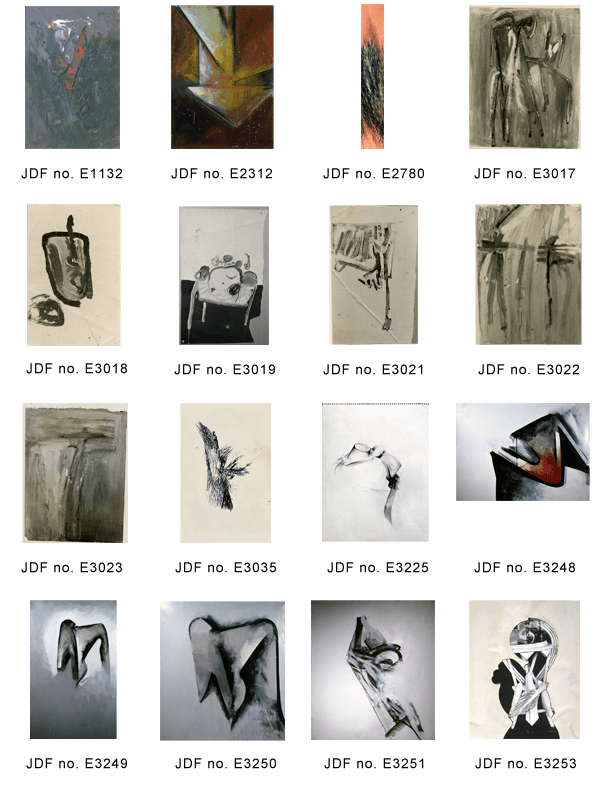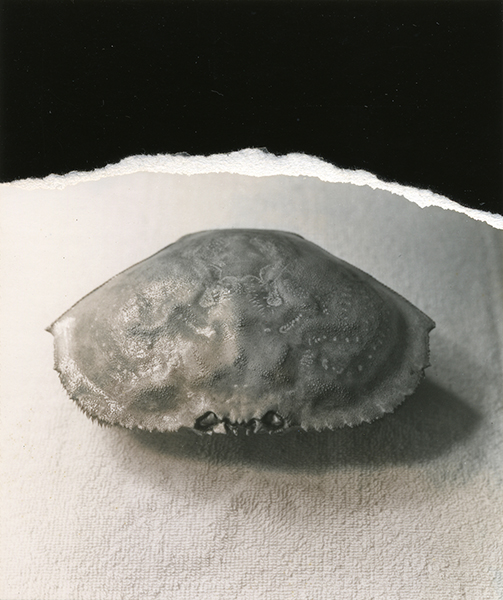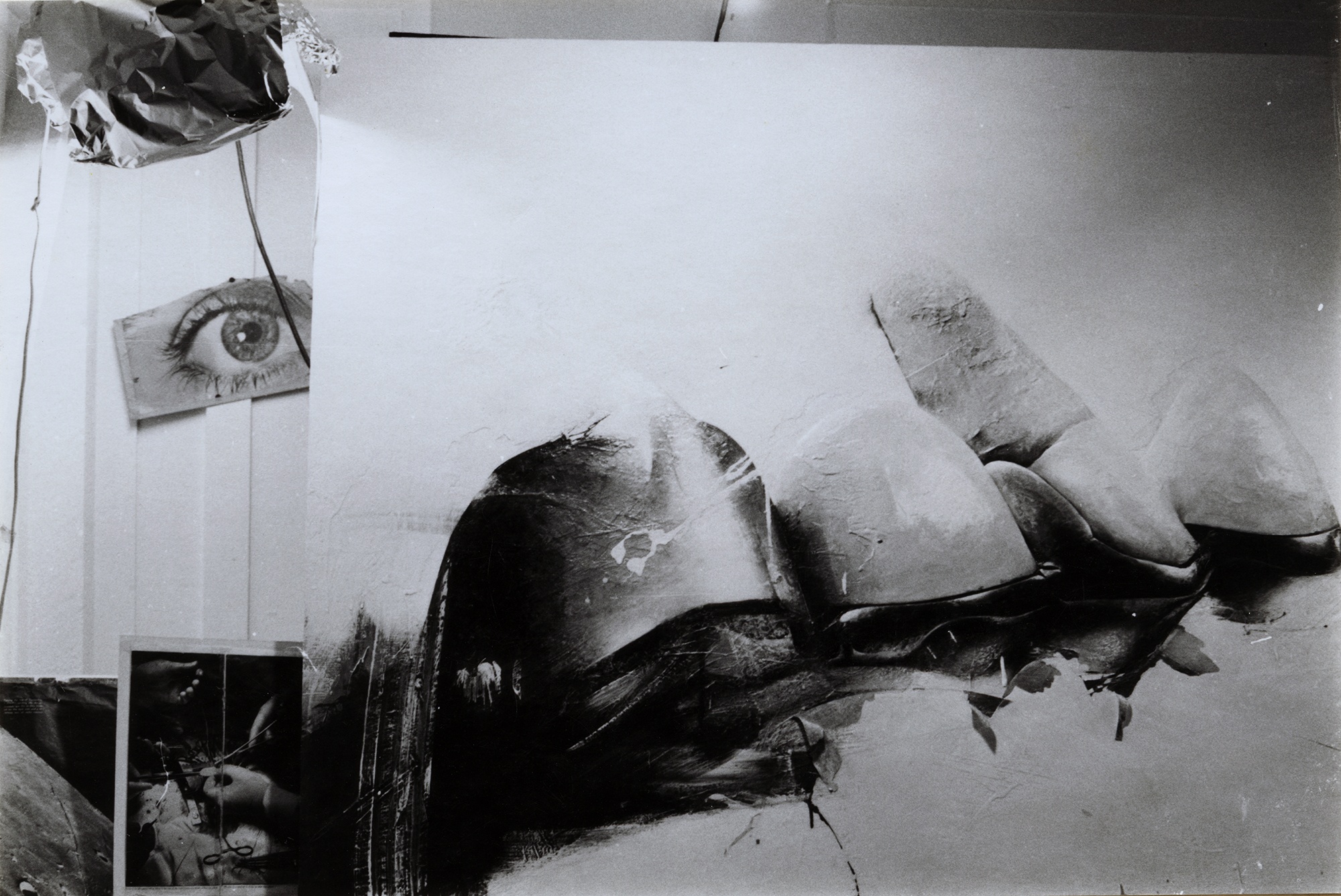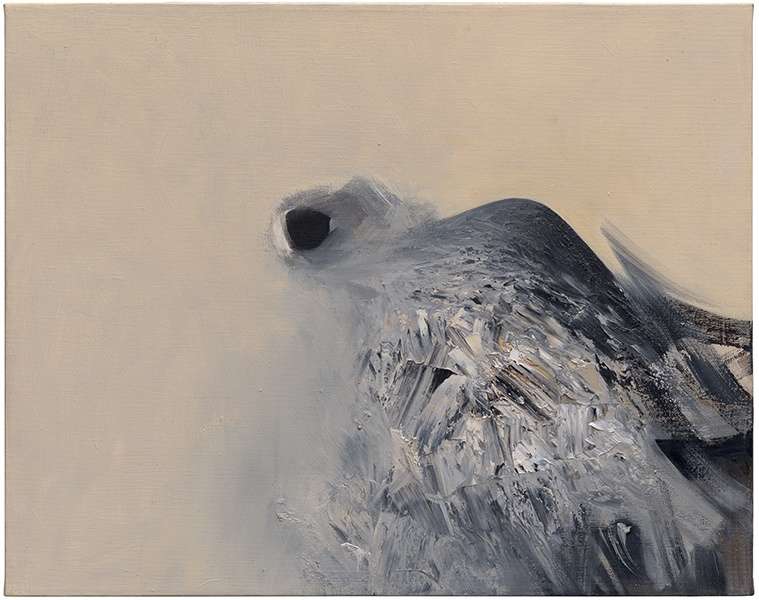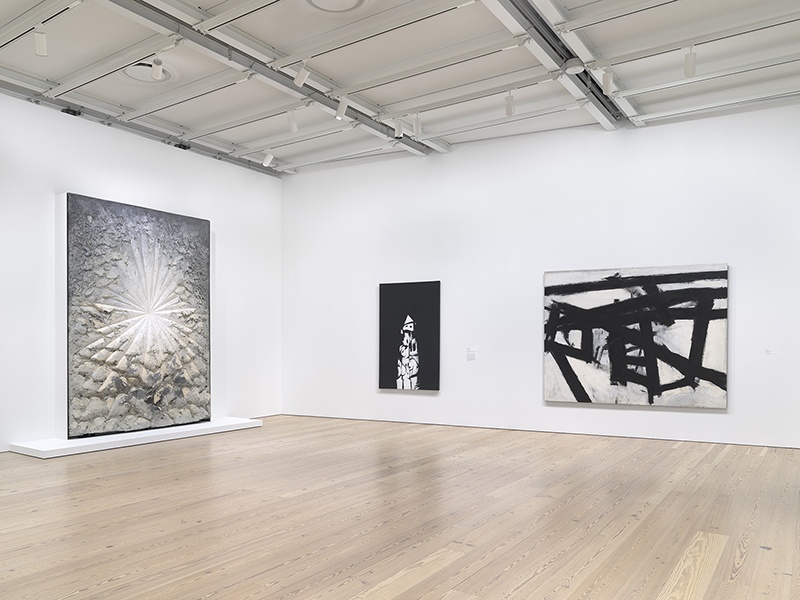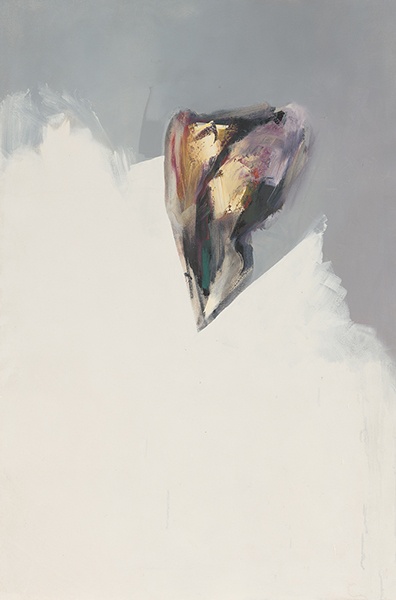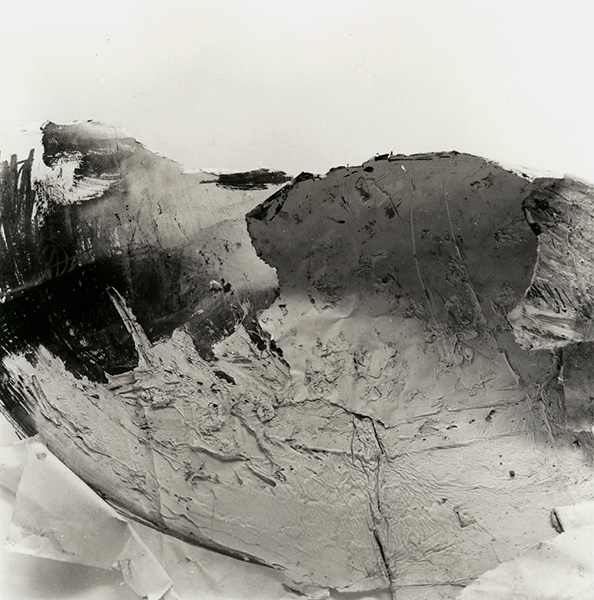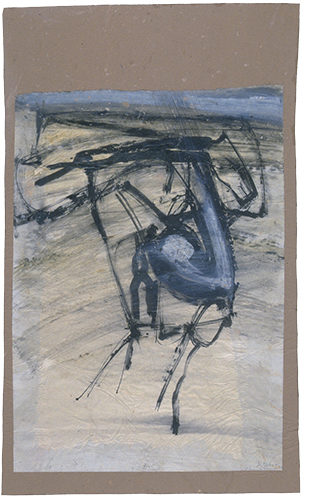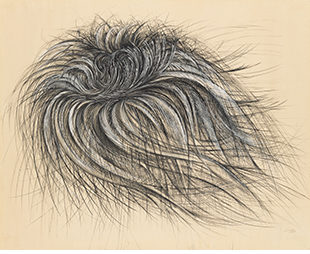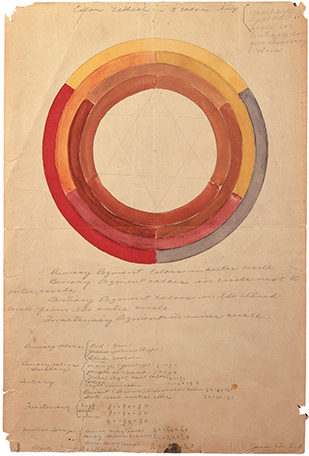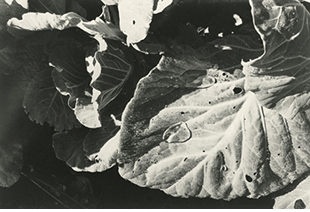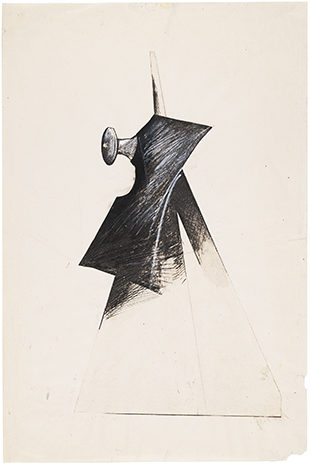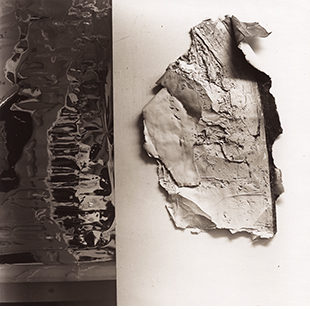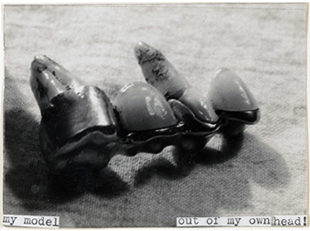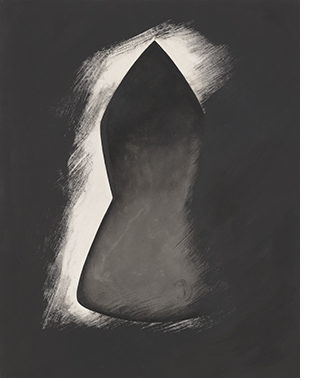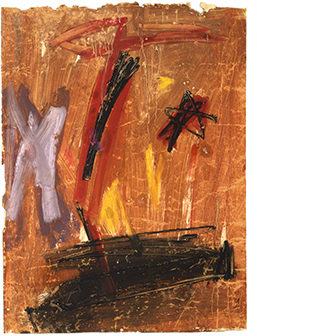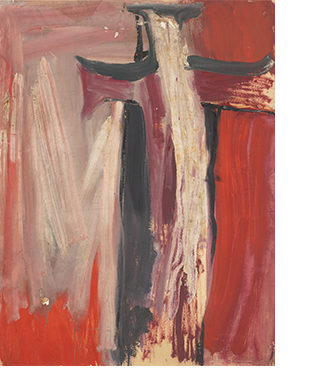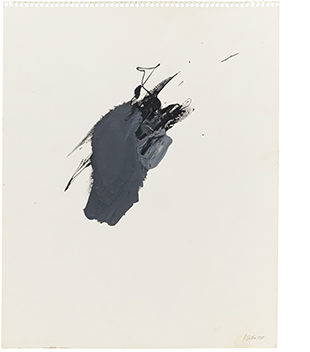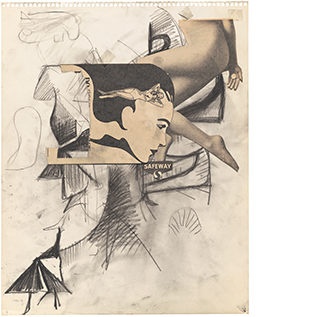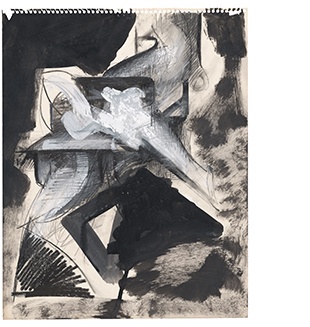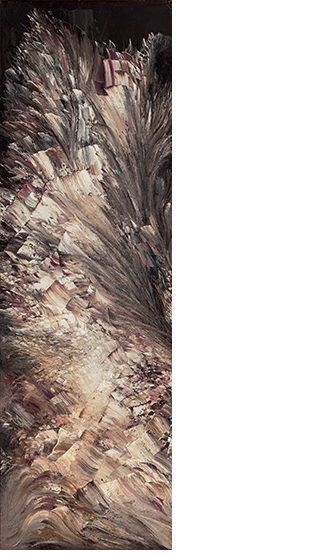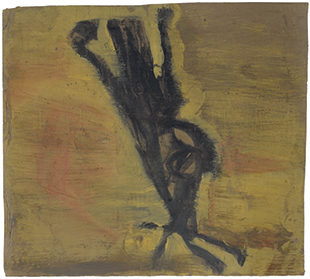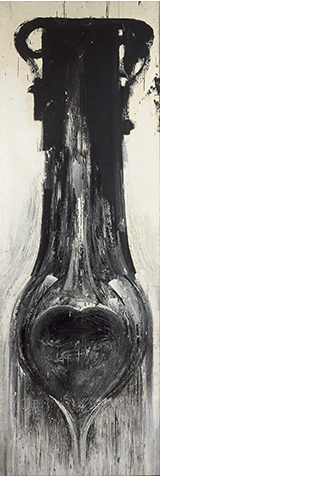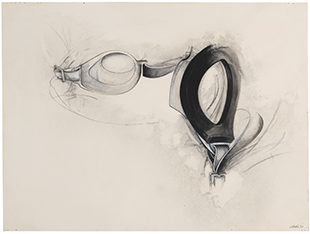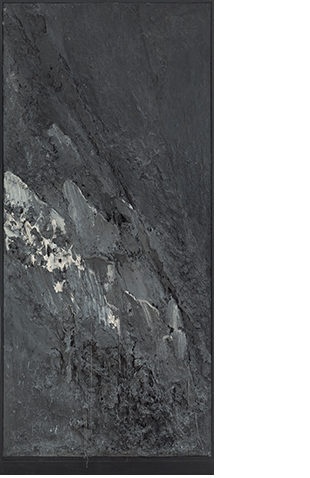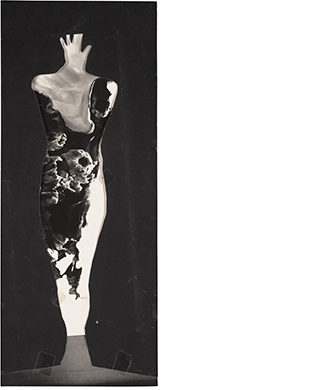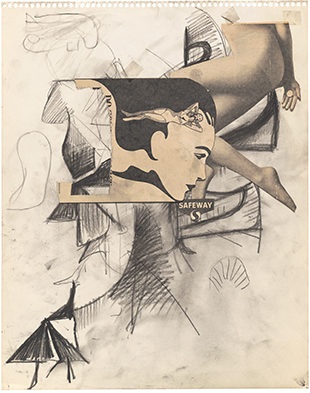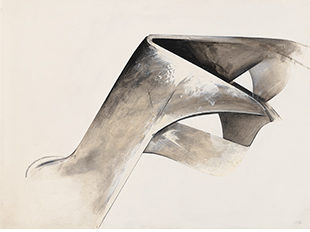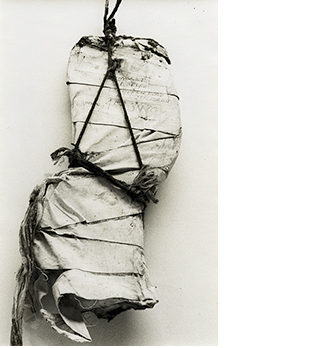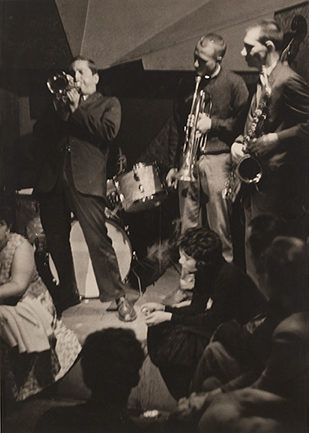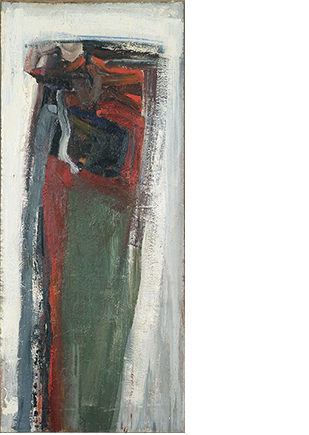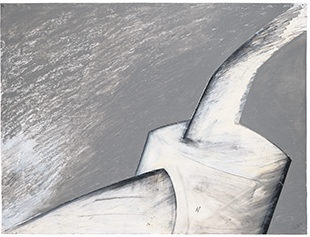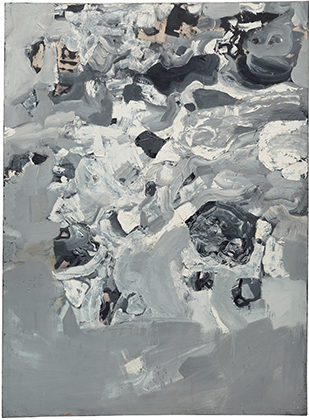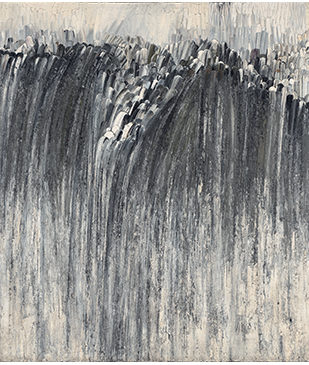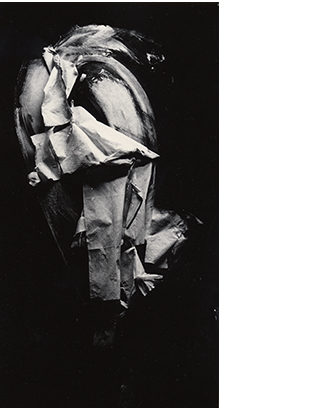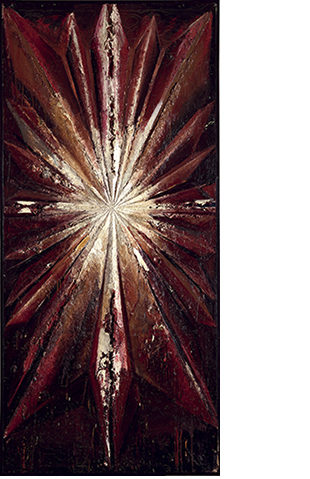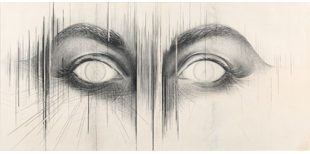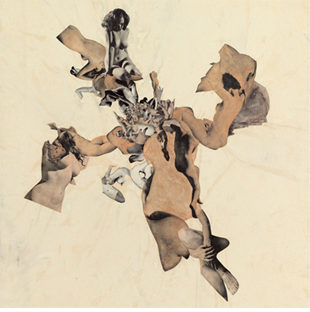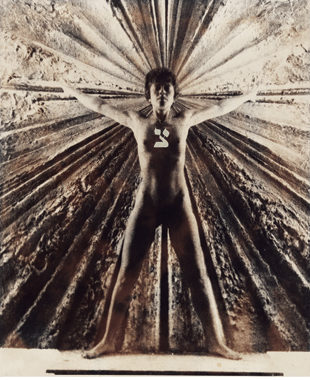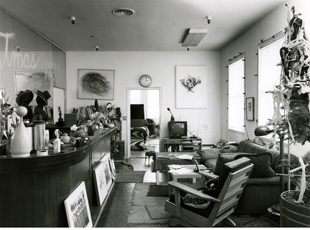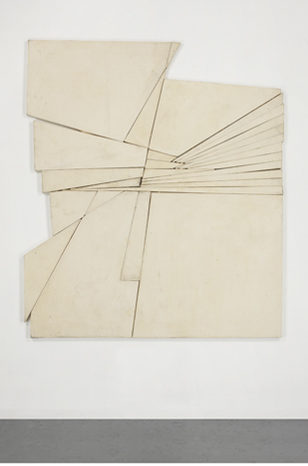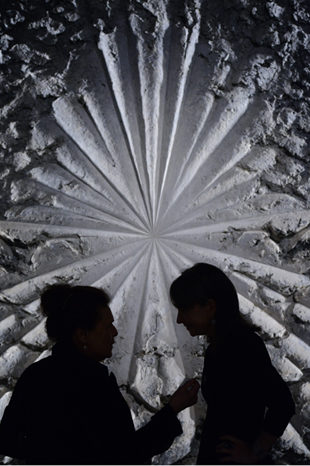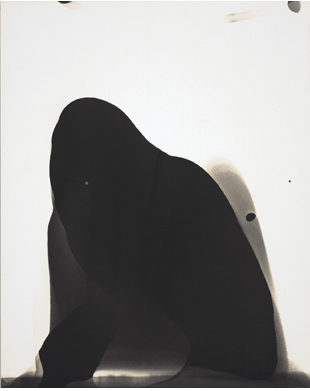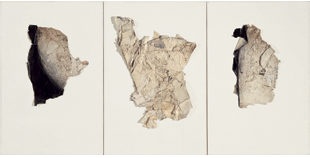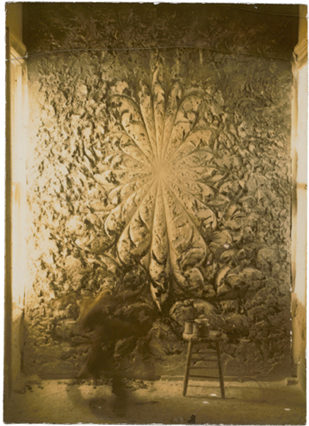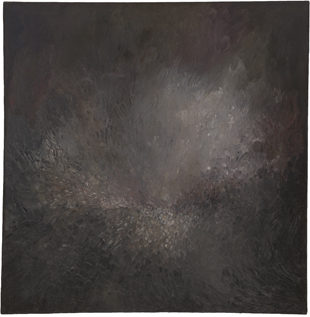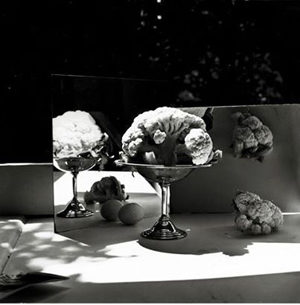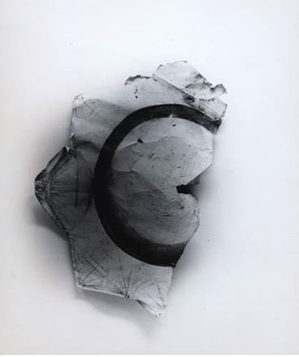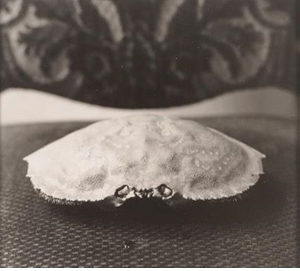Trustees
Diane Frankel is a museum consultant working with museums across the country. She was the executive director of the Artists’ Legacy Foundation and the director of IMLS, a federal funding agency. She sits on the Board of the Fort Mason Arts and Culture Center, on the Tate African Arts Council, and is a member of the Advisory Board of the Smithsonian National Museum of African Art. She was appointed a trustee of The Jay DeFeo Foundation in April 2016.
Jane Green is an art historian and co-editor of the book Jay DeFeo and “The Rose” (2003). She was a long-time member of the board of trustees of the University of California’s Berkeley Art Museum and Pacific Film Archive. In 1993, she established the Jane Green Endowment for Studies in Art History and Criticism at Mills College. She was appointed a trustee of The Jay DeFeo Foundation in July 2010.
Leah Levy has served as a trustee of The Jay DeFeo Foundation since its inception in 1991. She has organized exhibitions as an independent art curator and is the author of several books and numerous catalogue essays. From 1974 to 1983 she owned and directed the Leah Levy Gallery in San Francisco. She was founding curator of Capp Street Project, an artist-in-residency program for site-specific installations. She worked with Jay DeFeo as a curatorial consultant from 1985 until the artist’s death in 1989. She is the executive director of The Jay DeFeo Foundation and is a member of the Board of Directors of the Artists’ Legacy Foundation and the Nancy Graves Foundation. Leah currently serves as Honorary Chair, Aspen Institute Artist-Endowed Foundations Initiative Advisors.
Advisory Committee
Jack Cowart, a curator and art historian, is the founding executive director of the Roy Lichtenstein Foundation.
Nan Davis, a former director of the Marian Goodman Gallery, has an extensive background in art publications and in art gallery management.
Mildred Howard is an artist living and working in the San Francisco Bay Area.
Caroline Huber serves on the Board of Trustees of the Menil Foundation and on the Advisory Board of the Cornudas Mountain Foundation.
Lisa Phillips is the Toby Devan Lewis Director of the New Museum of Contemporary Art, New York.
Amy Trachtenberg is a visual artist living and working in San Francisco.
In Memoriam
James Demetrion was Director Emeritus of the Hirshhorn Museum and Sculpture Garden, Smithsonian Institution, and Trustee Emeritus of the Phillips Collection.

